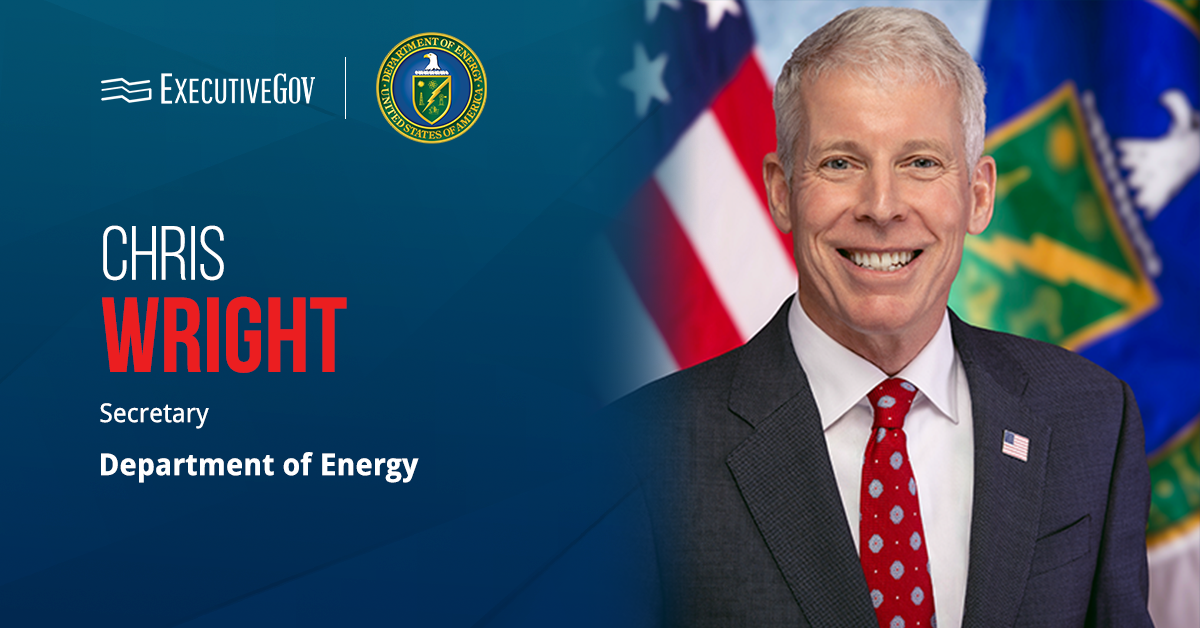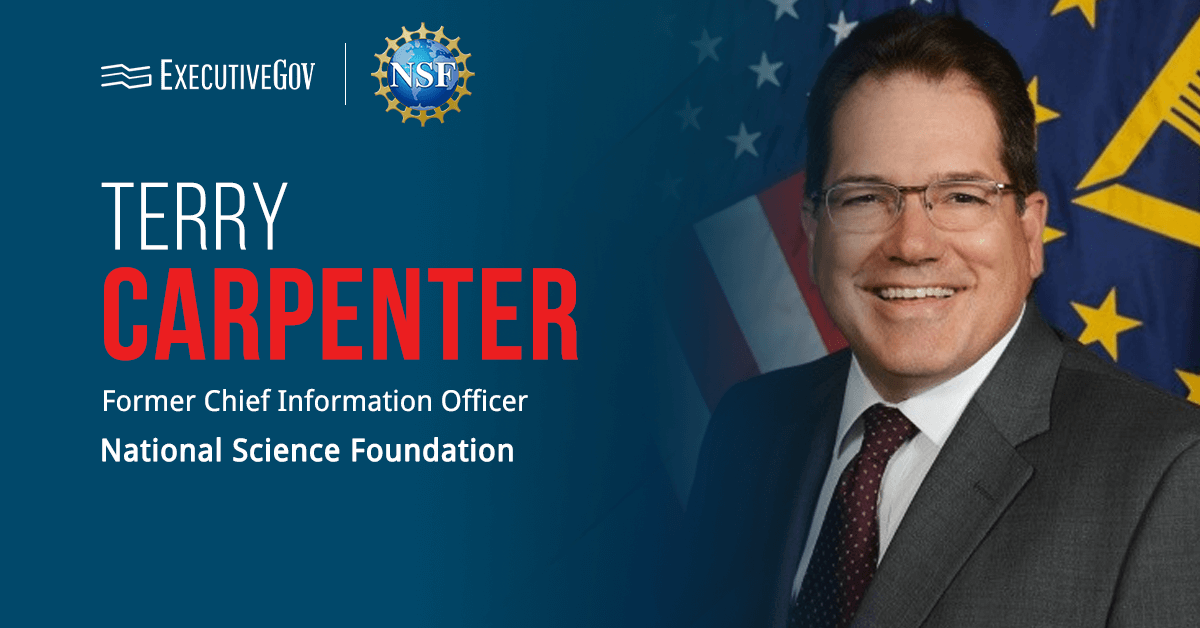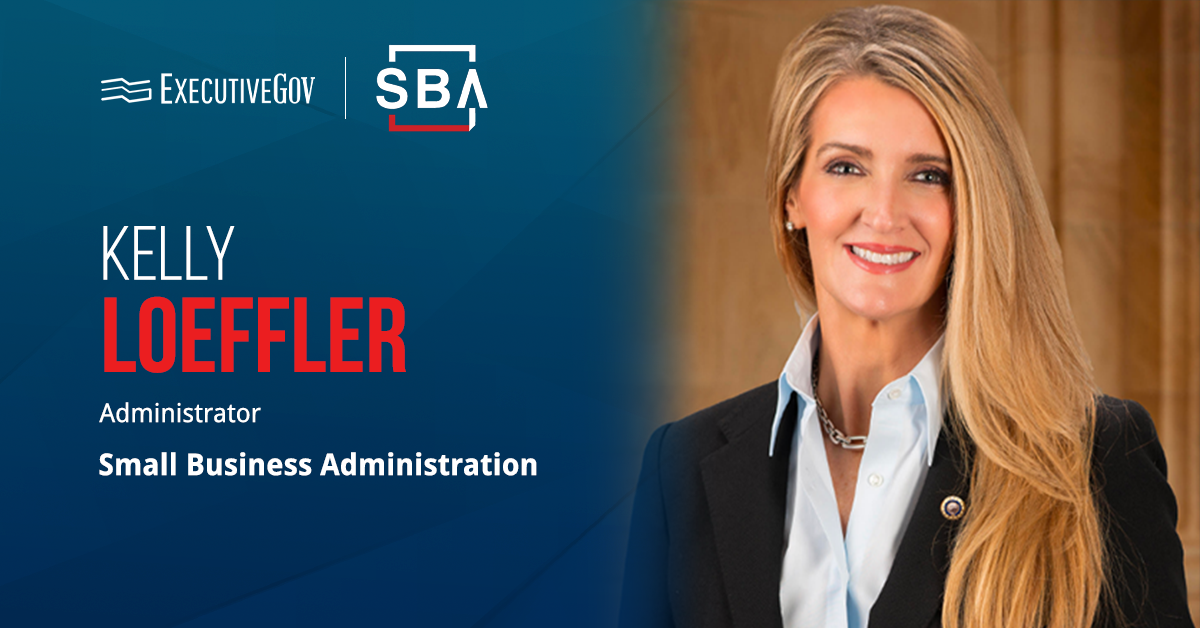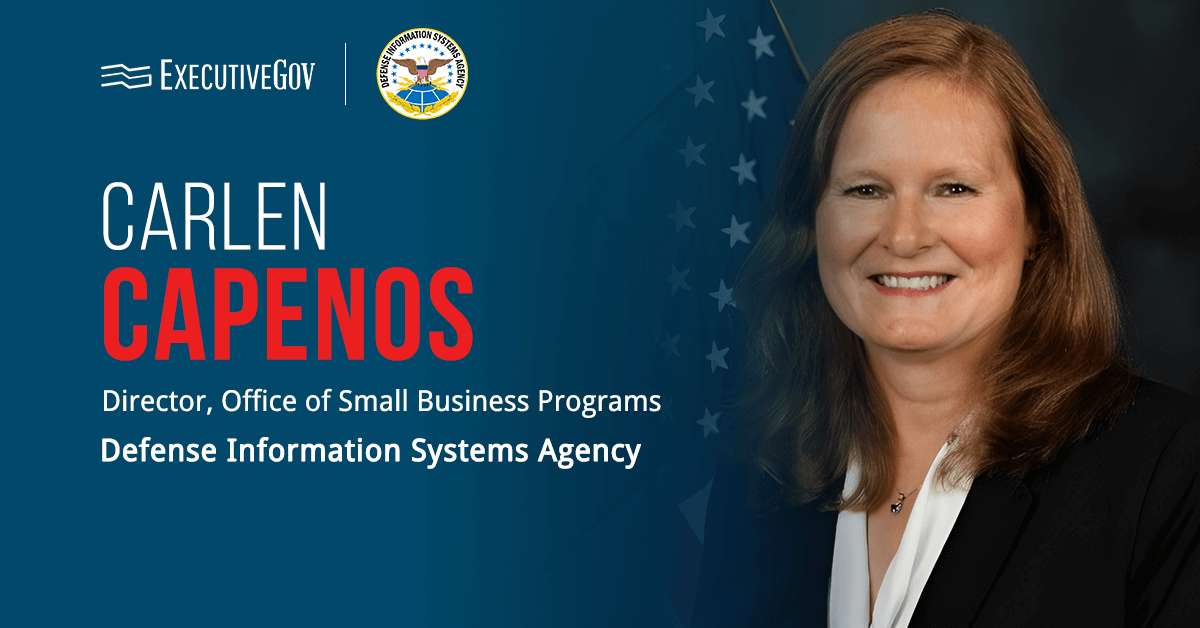The Department of Energy has modified its solicitation for contractor proposals on its $900 million program for the U.S.-wide deployment of Generation III+ small modular reactors, or Gen III+ SMRs. The changes to the initial solicitation issued in October were made to keep the project in tune with the Trump administration’s policies, DOE said in a statement Monday.
“This solicitation is a call to action for early movers seeking to put more energy on the grid through the deployment of advanced light-water small modular reactors,” said Secretary of Energy Chris Wright.
The modifications include removal of all community benefits information required in the initial solicitation. The funding amount description and references on the program’s second tier for fast follower deployment support was also reworded to “approximately $100M” from the initial “up to $100M.”
The program’s first tier is focused on a first mover team support with a maximum $800 million funding for two teams composed of utility, building and other plant contractors for the first two Gen III+ SMRs.
Resubmission of Previous Proposals
The DOE said previous proposal submissions will not be evaluated, and entities that had applied need to revise their applications, including the deletion of any Community Benefit Plan information.
According to the department, new proposals will also be accepted, with April 23 as the deadline for both new proposals and resubmissions. It also stressed that the management of submissions’ filing and processing has been moved to FedConnect, wherein registration for a new company account is open only to individuals designated as points of contact in SAM.gov.











